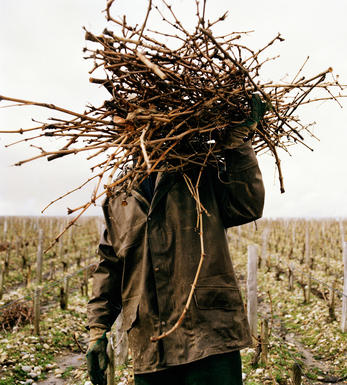
2010 Glaetzer, Anaperenna, Barossa Valley, Australia

Critics reviews
(Lisa Perrotti-Brown - eRobertParker.com #199 - Feb 2012)
About this WINE

Glaetzer
Feted winemaker Ben Glaetzer, with wine-apprenticeships at Tyrell's and Heathcote wineries, makes premium, low-yield wines "a cut above the rest" in his Barossa Valley, boutique winery.
All fruit for Glaetzer Wines is taken from the small sub-region of the northern Barossa Valley, called Ebenezer. The ancient dry-grown vineyards in the renowned Ebenezer district are an important part of Australia’s winemaking heritage and a living link to traditional Barossa viticulture. The most exceptional fruit is sourced from 80-110 year old, non-grafted bush vines which are extremely low yielding. The oldest vines bear only 0.5 to 1 tonne per acre. Younger vines produce 2.5 to 3 tonnes per acre. Most of the vineyards are non-irrigated.
Ben Glaetzer believes passionately in making wines which reflect the unique character of the Barossa valley and has been rewarded with a clutch of prestigious awards in recent years. Not the least of these was Robert Parker naming him Wine Personality of the Year in 2005. Philosophically Ben favours a policy of minimal intervention in his winemaking and seeks elegance rather than power, with very restricted extraction and skin contact.

Barossa Valley
Barossa Valley is the South Australia's wine industry's birthplace. Currently into its fifth generation, it dates back to 1839 when George Fife Angas’ South Australian Company purchased 28,000 acres at a £1 per acre and sold them onto landed gentry, mostly German Lutherans. The first vines were planted in 1843 in Bethany, and by the 1870s – with Europe ravaged by war and Phylloxera - Gladstone’s British government complemented its colonies with preferential duties.
Fortified wines, strong enough to survive the 20,000km journey, flooded the British market. Churchill followed, between the Wars, re-affirming Australia’s position as a leading supplier of ‘Empire wines’. After the Second World War, mass European immigration saw a move to lighter wines, as confirmed by Grange Hermitage’s creation during the 1950s. Stainless-steel vats and refrigeration improved the quality of the dry table wines on offer, with table wine consumption exceeding fortified for the first time in 1970.
Averaging 200 to 400 metres’ altitude, the region covers 6,500 hectares of mainly terra rossa loam over limestone, as well as some warmer, sandier sites – the Cambrian limestone being far more visible along the eastern boundary (the Barossa Ranges) with Eden Valley. Following a diagonal shape, Lyndoch at the southern end nearest Gulf St Vincent is the region’s coolest spot, benefiting from sea fogs, while Nuriootpa (further north) is warmer; hot northerlies can be offset by sea breezes. The region is also home to the country’s largest concentration of 100-year-old-vine Shiraz, Grenache and Mourvedre.
Barossa Valley Shiraz is one of the country’s most identifiable and famous red wine styles, produced to a high quality by the likes of Rockford, Elderton, Torbreck and Dean Hewitson. Grenache and Mourvèdre are two of the region’s hidden gems, often blended with Shiraz, yet occasionally released as single vineyard styles such as Hewitson’s ‘Old Garden’, whose vines date back to 1853. Cabernet Sauvignon is a less highly-regarded cultivar.
Wines are traditionally vinified in open concrete fermenters before being cleaned up and finished in American and French oak barrels or ‘puncheons’ of approximately 600 litres. Barossa Shiraz should be rich, spicy and suave, with hints of leather and pepper.

Syrah/Shiraz
A noble black grape variety grown particularly in the Northern Rhône where it produces the great red wines of Hermitage, Cote Rôtie and Cornas, and in Australia where it produces wines of startling depth and intensity. Reasonably low yields are a crucial factor for quality as is picking at optimum ripeness. Its heartland, Hermitage and Côte Rôtie, consists of 270 hectares of steeply terraced vineyards producing wines that brim with pepper, spices, tar and black treacle when young. After 5-10 years they become smooth and velvety with pronounced fruit characteristics of damsons, raspberries, blackcurrants and loganberries.
It is now grown extensively in the Southern Rhône where it is blended with Grenache and Mourvèdre to produce the great red wines of Châteauneuf du Pape and Gigondas amongst others. Its spiritual home in Australia is the Barossa Valley, where there are plantings dating as far back as 1860. Australian Shiraz tends to be sweeter than its Northern Rhône counterpart and the best examples are redolent of new leather, dark chocolate, liquorice, and prunes and display a blackcurrant lusciousness.
South African producers such as Eben Sadie are now producing world- class Shiraz wines that represent astonishing value for money.


Buying options
Add to wishlist
Description
The renowned winemaker, Ben Glaetzer, sources all of his fruit for this label from the Ebenezer district in the northern Barossa which is regarded by many as the finest source of Cabernet and Shiraz in the Valley.
72% Shiraz, 28% Cabernet Sauvignon.
2010 proved to be a marvellous growing season; the summer weather was dry and warm but not excessively hot while cool nights helped to preserve acidity and freshness in the grapes. Berries were small and concentrated with high ratios of solids to juice. Most of the juice was fermented in tank with a small proportion in oak; after malolactic fermentation the wine spent 16 months in new oak barrels, mostly French but with 8% American, before bottling. At this stage the Shiraz dominates with succulent aromas of blackberry, licorice and violets, and the Cabernet element remains slightly muted.
But with time the cassis aromas will emerge and the wine will gain weight and flesh from the Cabernet component. Despite the obvious concentration there is no lack of elegance in the wine, with very finely-grained tannins and fresh acidity. Ben rates 2010 as one of the finest vintages in memory and this will be one of the purest expressions of his art.
wine at a glance
Delivery and quality guarantee